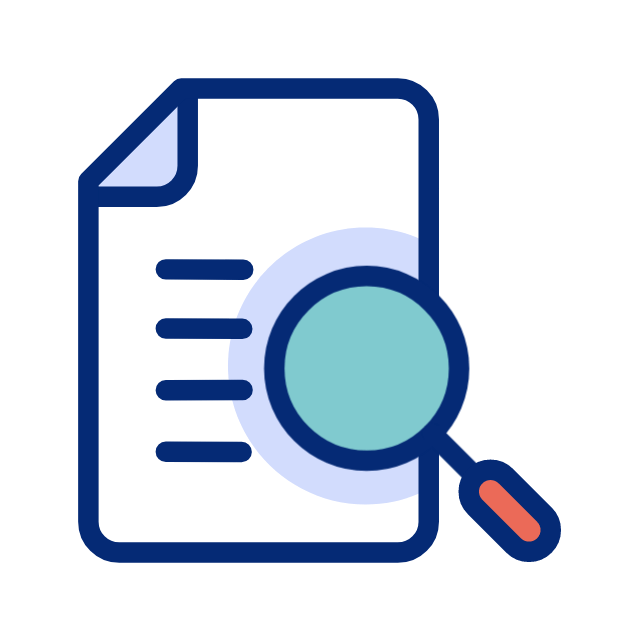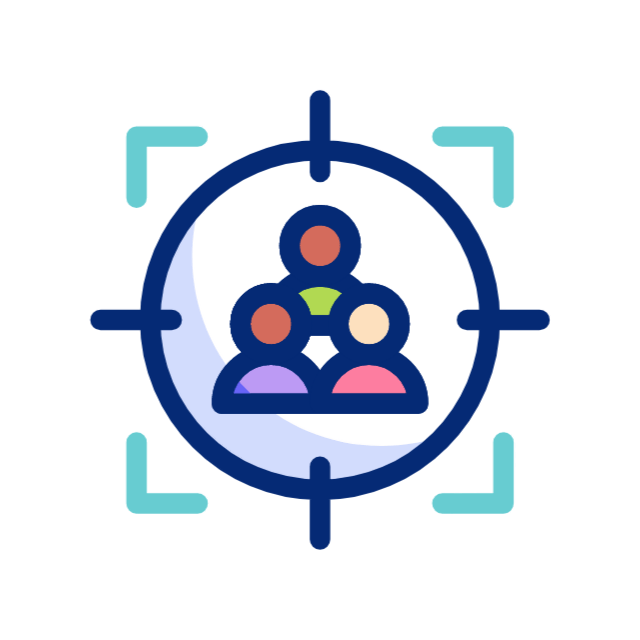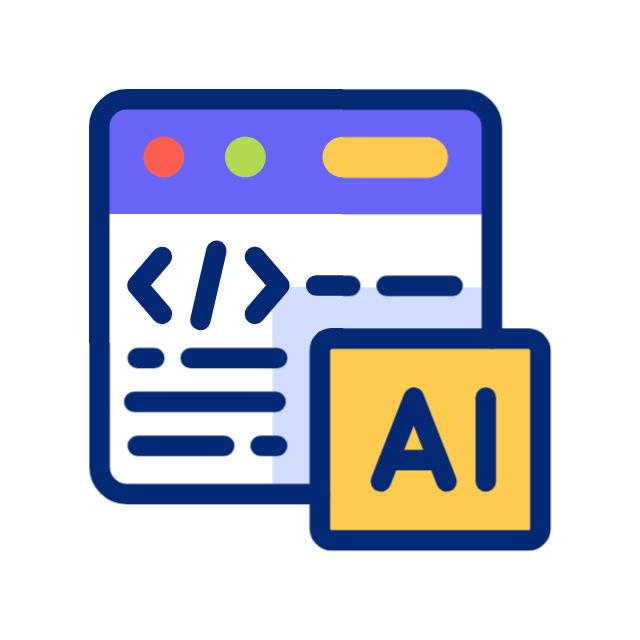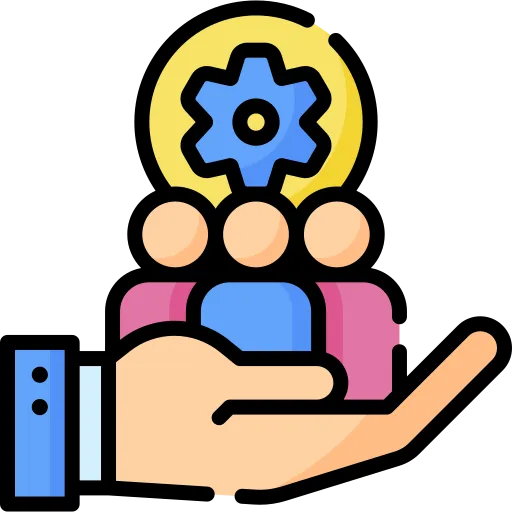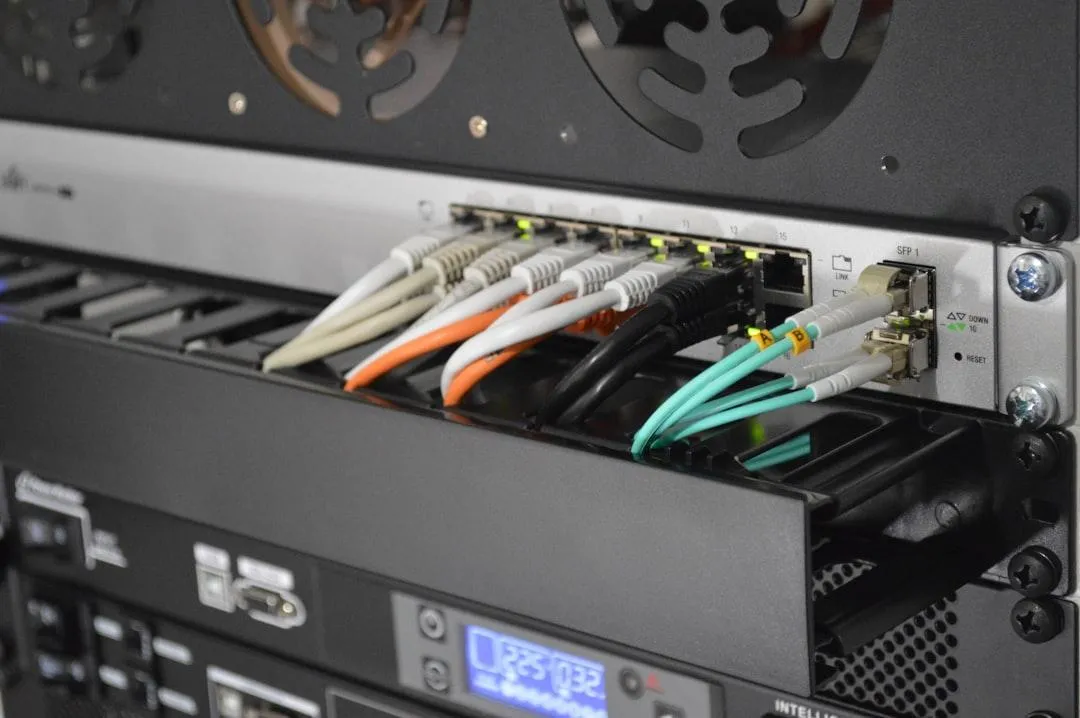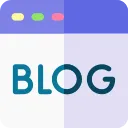
LinkedIn vs Cold Email: Best B2B Sales Channel in 2025
Cold outreach in 2025 takes place on two of the noisiest stages in business: the inbox and the LinkedIn feed. Both channels are bursting with automated touches, personalization experiments, and ever-changing algorithms that reward the savvy and punish the careless. If you are still guessing which path will fill your pipeline faster, you are already behind.
Here is what the landscape looks like right now:
Sources: LinkedIn State of Sales 2025, Campaign Monitor Benchmarks 2025, Gartner Digital Sales Survey
Emails arrive in volume, cost pennies per send, and win on scalability, yet they carry higher spam risk and lower perceived intimacy.
LinkedIn DMs land fewer times but benefit from built-in social proof, richer profile context, and a platform that favors dialogue over quick dismissals.
Buyer behavior keeps shifting. Last year’s email playbook may tank your domain reputation today, and aggressive LinkedIn automation can throttle your account overnight. Picking a single channel without data is risky; blending both without a framework is inefficient.
What this guide delivers:
Current benchmarks broken down by industry, company size, and seniority so you can spot where your numbers lag.
Real examples of campaigns that leveraged the unique strengths of each platform to double pipeline.
A six-factor scoring model to decide which channel deserves priority for any product launch, vertical push, or ABM sprint.
Step-by-step playbooks that show how to combine email reach with LinkedIn resonance, complete with timing, templates, and compliance tips.
AI accelerators that let tools like kwAI enrich lists, write role-specific messages, and shift cadence automatically when prospects engage.
By the end, you will know exactly when to press “Send,” when to press “Connect,” and how to orchestrate both so that each touch feels personalized, timely, and impossible to ignore.
Quick Stats at a Glance
Sources: LinkedIn State of Sales 2025, Campaign Monitor Email Benchmarks 2025, Gartner 2025 Digital Sales Survey
What These Numbers Really Mean for You
Reply rate vs. meeting rate
LinkedIn messages trigger more thoughtful back-and-forth because prospects can instantly check your profile, see mutual connections, and gauge your credibility. The conversation may unfold over several DMs, revealing buying signals you rarely get in a first-touch email. Email, however, lets you reach hundreds or thousands of contacts in a day, drop a calendar link into the thread, and generate sheer volume. A practical formula many high-ticket sellers follow is “Connect on LinkedIn, close in email.” They open with a trust-building DM, then switch to email for assets, stakeholder CCs, and scheduling.
Sentiment matters
Not all replies are equal. A “Sounds interesting—send more details” reply carries far more buying intent than “We’re all set, thanks.” LinkedIn naturally boosts positive sentiment because prospects see mutual connections, endorsements, and relevant posts that build instant credibility. Positive sentiment correlates with shorter deal cycles and larger deal sizes. If your solution requires education or a leap of trust (new tech, high ticket, long contracts), LinkedIn can front-load credibility before the formal pitch.
Cost and effort
Email’s marginal cost is pennies, making it perfect for broad outreach and quick A/B testing. LinkedIn costs more per touch—InMail credits, premium seats, and research time—yet the higher credibility and richer engagement justify the spend for strategic accounts. The sweet spot for most teams is a 70/30 split (email / LinkedIn) that keeps CAC low while boosting reply quality. Track blended cost per meeting weekly and adjust the ratio as list quality or budgets change.
Personalization trade-off
Deep personalization—referencing a recent podcast appearance or product launch—grabs attention on LinkedIn but can take five minutes per prospect. Email templates let you contact hundreds of leads in the same time, yet they rely on hyper-clean lists and laser-focused segmentation to avoid spam folders. Reserve high-effort LinkedIn personalization for Tier-1 accounts where each win is worth the extra minutes, and let templated but segmented email nurture the wider market.
How kwAI Makes It Easy
AI fit-scoring pinpoints which prospects should start on LinkedIn for warmth versus email for reach.
Dynamic data-rich copy generation creates role-specific LinkedIn DMs and matching email follow-ups in seconds, cutting manual prep time by over 50%.
Sentiment tracking flags positive replies in either channel and auto-schedules a same-day follow-up with a booking link.
Tier Your Accounts for Maximum Reach and Resonance
Not every prospect deserves the same level of effort. By grouping accounts into tiers, you keep high-value targets personal while still touching the wider market at scale.
How to Work Each Tier
Tier 1 — “White-glove” accounts
Send a custom LinkedIn connection note referencing a recent trigger (e.g., funding news).
When they accept, DM a 45-word pain-focused question.
Same day, email a bespoke value story that mirrors the DM and includes a tailored case study PDF.
Follow with a call and voicemail within 48 hours if no reply.
Hand off to AE the moment a meeting is set.
Tier 2 — “Programmatic personal” accounts
Use kwAI to auto-pull role-specific pains and insert them into a lightweight LinkedIn DM plus a semi-custom email.
Rotate two industry case snippets and one stat per persona to keep messages unique.
If a prospect clicks but doesn’t reply, kwAI schedules a quick LinkedIn follow-up with a new angle.
Tier 3 — “Automation at scale” accounts
Start with a segmented email drip: subject line tests, resource link, soft CTA.
If prospect opens 2×, clicks once, or visits your pricing page, the system shifts them into Tier 2 and a LinkedIn touch is needed.
Unengaged leads recycle after 90 days.
Why This Works
Time allocation: Reps spend deep-research minutes only on accounts that justify higher ACV.
Data-driven upgrades: Behavior-based triggers move promising Tier 3 leads up the personalization ladder automatically.
Balanced funnel: You maintain broad top-of-funnel reach (Tier 3) while maximizing win rate on strategic logos (Tier 1).
Master the tiered approach, and you’ll convert raw reply numbers into booked meetings—and booked meetings into revenue—without burning cycles on low-yield prospects.
Actionable Takeaways
Benchmark your own numbers
Compare last quarter’s reply and meeting rates to the table. If you lag, decide whether the problem is channel fit or message quality.
Calculate blended acquisition cost
Use cost-per-send and meeting conversion to pinpoint the cheapest path to pipeline. Many teams find the sweet spot at roughly 70% email touches and 30% LinkedIn touches.
Map channel to funnel stage
Use email for discovery, nurturing, and transactional updates.
Use LinkedIn for door-opening, trust building, and C-level engagement.
Automate the hand-offs
Tools like kwAI can trigger an email follow-up the moment a prospect accepts a LinkedIn request or clicks a profile link, ensuring momentum never stalls.
If you rely on only one channel, you risk wasted hours, throttled deliverability, and quota gaps. Mix channels with intent and you amplify both reach and resonance. In the next section you will find a data-driven framework plus a ready-made multi-channel blueprint you can plug into kwAI and launch today.
How to Choose Between LinkedIn and Cold Email for Outreach
Audience Reach and Data Volume
Email Can Scale to Hundreds of Thousands
Most B2B CRMs hold tens of thousands of contacts culled from webinars, gated content, trade-show scans, partner lists, and intent-data feeds. Because email costs pennies per send, a single rep can test an entire segment before lunch.
Data point: The average mid-market revenue team manages an opted-in list of 18,000 contacts that grows about 11% each year (Campaign Monitor, 2025).
Pro: You can spin up rapid A/B tests on subject lines, offers, and vertical messaging—then double-down on winners within a single campaign cycle.
Con: Scale comes at a price. Low personalization depresses engagement, and one bad list can spike bounce rates, tank domain reputation, and bury future sends in spam.
Where kwAI Adds Lift
kwAI ingests contacts from your CRM, scores every record against your ICP, Buyer Persona, Product and Service. It then auto-segments the “clean” universe by persona and intent, writes role-specific variants, and enables you to send at optimal times.
Result? You keep the reach email is famous for—without sacrificing deliverability or relevance.
LinkedIn Excels at Laser‑Focused Lists
LinkedIn’s daily caps on connection requests and InMails force reps to prioritize quality over quantity. Instead of blasting thousands of unknown inboxes, you hand-pick decision makers by title, tech stack, tenure, or even recent post activity—filters no CSV can match.
Data point: Most SDRs can safely send 80–100 connection requests per week without triggering limits, yet reply rates jump 25% when reps narrow output to ~50 highly personalized requests (LinkedIn Best Practices, 2025).
Pro: Real-time profile data minimizes role mismatch and ensures every touch lands with someone still in the seat you target.
Con: Scaling beyond about 2 000 new relationships per quarter is tough without automation, and aggressive tools risk account throttling or bans.
Where kwAI Adds Lift
kwAI monitors LinkedIn accounts, enables connection requests at safe volumes, and generates perfect data-rich DMs tailored to each prospect’s role and recent activity. You keep laser focus while safely nudging reach past manual ceilings—no risk, all relevance.
Engagement Quality and Response Depth
LinkedIn Sparks Conversation and Social Proof
A LinkedIn connection is more than a message—it’s a doorway to your profile, mutual connections, and recent posts. Each accept lights up notification feeds, invites “Thanks for connecting” DMs, and surfaces your comments in the prospect’s timeline, creating a flywheel of micro-touches that deepen trust.
Mini Case Study:
A cybersecurity SaaS warmed prospects by commenting on their posts for two weeks, then sent targeted DMs. Reply rate jumped from 9 % to 18 % and the average first response was 40 % longer, revealing budget and timeline details the team had never captured in cold email.
Where kwAI Helps
kwAI tracks profiles and post interactions, then suggests the best moment to DM—usually within 24 hours of a prospect engaging with content—boosting positive-reply odds by up to 30%.
Email Drives Long‑Form Content and Scheduling
Once interest is warm, prospects need substance: one-pagers, technical PDFs, pricing sheets, and a friction-free calendar link. Email’s structured format and CC capability make it ideal for sharing assets and looping in stakeholders without character limits or platform filters.
Data point: 68% of buyers prefer receiving decision‑stage assets and meeting links by email (SuperOffice, 2024).
Where kwAI Helps
kwAI detects when a prospect interacts with content or comments on a post, then automatically sends alerts to team members to follow-up with an email that:
Re-states the pain point discussed on LinkedIn,
Attaches a relevant case study, and
Inserts a one-click booking link.
The result: LinkedIn starts the conversation, email seals the meeting—kwAI orchestrates the hand-off without extra rep effort.
Deliverability and Algorithm Risk
Email Deliverability Lives or Dies by Reputation
A single spam complaint from 0.1% of recipients can push future sends to junk folders.
Checklist:
Implement SPF, DKIM, DMARC.
Warm domains with a ramp‑up schedule.
Keep bounce rates under 2%.
Remove unengaged contacts every 90 days.
LinkedIn Has Hard Caps and Quality Scores
LinkedIn’s network spam filter quietly scores every account. Exceed a hidden threshold of rejections and your daily limit drops overnight.
Tip: Maintain a connection acceptance rate above 30% by sending relevant, personalized invites.
Action Step: Monitor email sender score weekly and LinkedIn acceptance rate daily to avoid surprise throttles.
Time Investment and Workflow Efficiency
kwAI reduces manual prep time by 40–60%, freeing reps to focus on calls and demos.
Cost and Return on Investment
Email’s Marginal Cost Is Near Zero
Even enterprise send platforms rarely exceed $0.015 per send when amortized.
LinkedIn’s Cost Lies in Labor and Premium Licenses
InMail credits, Sales Navigator seats, and rep research time quickly raise blended cost per touch to over $1.
ROI Insight: Email often yields lower cost per meeting. LinkedIn yields higher close rates. A combined approach maximizes ROI.
Compliance, Legal, and Privacy
GDPR, CAN‑SPAM, and CASL for Email
Ensure clear opt‑out language, purpose of processing, and region‑based suppression lists.
LinkedIn’s Professional Community Policies
Automated scraping, excessive messages, or deceptive profiles violate policy and risk account bans.
Interactive Decision Framework: Weighted Channel Scoring
Use this matrix to quantify which channel deserves primary focus.
You use the matrix by scoring each channel (Email vs LinkedIn) on a 1 – 5 scale for every factor, then watching the weighted totals spit out at the bottom.
Here’s the step-by-step:
Enter your scores
For each row (Audience Reach, Engagement Depth, etc.) type how well Email performs (1 = poor… 5 = excellent) in the “Email Score” cell, and how well LinkedIn performs in the “LinkedIn Score” cell.
See the weighted scores
The calculator multiplies each score by its factor weight (e.g. 20 % for Audience Reach) and normalizes on a 1–5 scale. Those “Email Weighted” and “LinkedIn Weighted” columns show you at a glance where each channel shines.
Check the totals
The “Total Email” and “Total LinkedIn” cells sum up all weighted scores. If Email’s total is higher, your team should lean into email outreach. If LinkedIn’s is higher, double down on your LinkedIn program.
Interpret the gap
> 10-point difference: clear winner—focus primarily on the higher-scoring channel.
Within 10 points: both channels are viable—build a blended sequence (e.g. 60 % email, 40 % LinkedIn) so you hit both reach and resonance.
Feed the results into kwAI
Once you know your ideal mix, use kwAI to handle scoring, dynamic copy generation, and trigger-based hand-offs so you execute your data-driven plan without manual juggling.
What the result means
A higher Email score tells you that scale, cost efficiency, and deliverability are your competitive advantages—run more large-list campaigns, then funnel engaged prospects into deeper LinkedIn touches.
A higher LinkedIn score shows that credibility, social proof, and high-touch conversations matter most—prioritize connection requests and thoughtful DMs, using email mainly to share assets and book calls once you’ve warmed them up.
By quantifying your channel strengths against your unique sales process, you turn guesswork into a clear, KPI-backed outreach strategy—and kwAI ensures it runs automatically and at scale.
Multi‑Channel Sequence Blueprint (Ten Steps)
Great Examples
FinTech Startup
Problem: SDRs spent three hours daily prospecting on LinkedIn alone.
Solution: Deployed the blueprint above with kwAI.
Results: Reply rate rose from 7% to 14%, meetings per rep doubled, and closed‑won deals increased 31% in one quarter.
SaaS Scale‑Up
Problem: Email domain was blacklisted after a bad list purchase.
Solution: Implemented sender warm‑up, pruned list, added LinkedIn nurture as primary touch.
Results: Inbox placement recovered to 92% in six weeks, pipeline restored to pre‑blacklist volume.
Implementation Checklist
Email and LinkedIn are not enemies. They are complementary channels that, when orchestrated by AI, cover both reach and resonance. Email wins on scale and cost efficiency. LinkedIn wins on trust and engagement depth. Together, they shorten cycles and raise win rates.
If you want to squeeze the best from both channels while spending less time on research and copywriting, kwAI can help. It prospects on autopilot, crafts your messages, and adapts cadence timing so you focus on conversations, not configuration.
See how kwAI powers multi‑channel outreach today.


